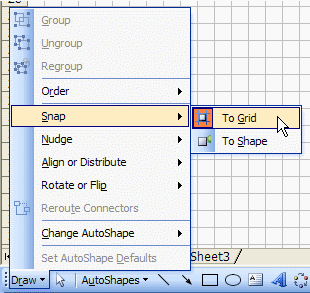

He can be reached through his websites and, where he provides information about free graphic software news and usage. This is his fifth book he has already written two books about GIMP, one published under GPL licence, one about Inskcape, and one in French about Scribus. He is a creator of the French Free Graphic Designer Association (AFGRAL) and FLOSSMANUALS Francophon. He is an active member of the Scribus and Inskcape team, involved in the user interface refactoring project of Scribus and in the documentation of Inkscape. Besides his freelance activities, he also teaches communication design in some French universities and private schools. He has been working with these software since around 2003.

ISBN 978-1-84 Cover Image by Fillipo Sarti ( )Ĭredits Author Cedric Gemy Reviewers Robert Charles Alessandro Rimoldi Acquisition Editor Dilip Venkatesh Development Editor Meeta Rajani Technical Editor Hithesh Uchil Indexer Tejal DaruwaleĮditorial Team Leader Aanchal Kumar Project Team Leader Priya Mukherji Project Coordinator Jovita Pinto Proofreader Aaron Nash Graphics Nilesh R Mohite Production Coordinator Adline Swetha Jesuthas Cover Work Adline Swetha JesuthasĪbout the Author Cedric Gemy is a French freelance graphic designer and training advisor who lives in Rennes but travels a lot to teach Scribus, GIMP, and Inkscape. 32 Lincoln Road Olton Birmingham, B27 6PA, UK. However, Packt Publishing cannot guarantee the accuracy of this information. Packt Publishing has endeavored to provide trademark information about all of the companies and products mentioned in this book by the appropriate use of capitals. Neither the author, nor Packt Publishing, and its dealers and distributors will be held liable for any damages caused or alleged to be caused directly or indirectly by this book. However, the information contained in this book is sold without warranty, either express or implied. Every effort has been made in the preparation of this book to ensure the accuracy of the information presented. No part of this book may be reproduced, stored in a retrieval system, or transmitted in any form or by any means, without the prior written permission of the publisher, except in the case of brief quotations embedded in critical articles or reviews. I've probably not explained this very well but hopefully it will make some sense.Īll-in-all, as mentioned above, it's better to use guides, snapping and the "Align and Distribute" functions to arrange things rather than trying to line things up manually.Create optimum page layouts for your documents using productive tools of Scribusīeginner's Guide Copyright © 2010 Packt PublishingĪll rights reserved. Normally this isn't a problem but it is sometimes. With Scribus there's also the added complication that you can configure the display size - via Preferences/Display - and not everyone will have done this properly.

Some applications are more accurate than others. It also depends on the accuracy of the measurements and conversions being used by the application. This can be more pronounced when a document is zoomed out as more space in the document is "squashed" into the same pixel on the screen. Because of this, not every drag action will be smooth. the one to the left or the one to the right. If that pixel value is not a whole pixel, the application has to make a guess at which pixel to use, e.g. Because of this, there will naturally be some "granularity" of any drag where the document UOM doesn't accurately line up with the pixels of the screen.Īfter an application has converted the drag amount to the document's UOM it also has to convert the measurements back to a pixel value in order to know where to redraw the thing being moved.
#SCRIBUS SNAP TO GRID UPDATE#
If that is so then the application needs to update the UI as appropriate.ĭrag amounts in the event are measured in pixels but, since Scribus doesn't use pixels as a UOM, the amount of drag has to be converted to the document's UOM with regard to the current level of zoom. The application must then interrogate the mouse drag event to see if the drag amount was sufficient for the drag to be reflected by the UI. When you drag things with the mouse, Scribus - and all other applications - has to try and convert that movement into the Unit Of Measure used by the application and that's where things get a bit complicated.ĭragging something with the mouse creates an event that tells the application that the mouse has been dragged.


 0 kommentar(er)
0 kommentar(er)
